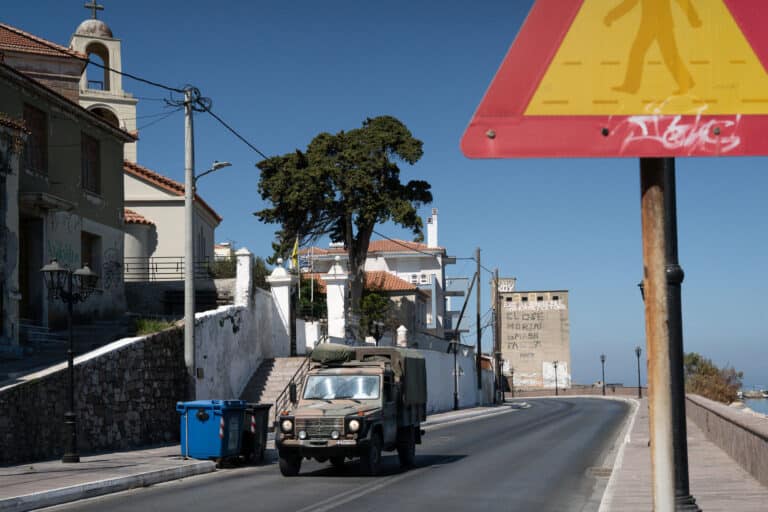Genetics, environment, and nutrition usually determine our body shape and height. We may share general features with our siblings or cousins, or differ from our peers with above average height, a slimmer or fuller build. But these differences are medically normal and fall within the standard Growth Charts. These charts measure whether a child’s growth falls within the expected range for their age and gender. A child is considered tall if their height exceeds the 97th percentile or if they are clearly several centimeters taller than the average for their age. The average height for a 14-year-old, for example, is typically between 150 and 155 cm.
However, this biological standard is not always applied solely medically in societies. Physical features often become social indicators loaded with expectations. In school, a taller child might be perceived as more mature, and thus expected to behave more responsibly or with more self-control than their emotional age allows. For girls, being taller may lead society to see them as grown women, and they may be denied the freedom to act with the spontaneity and innocence of childhood simply because of how they look.
This gap between physical appearance and actual age can create internal identity confusion, along with a constant feeling of being too visible. The child feels pressured to continuously prove who they are and why they act the way they do. Psychological studies show that children who feel constantly watched due to differences in appearance often develop what’s called an “imaginary audience” complex. They feel as if everyone is always observing and judging them, which affects their self-confidence and self-image.
In Palestinian society, these social pressures are compounded by the presence of the Israeli occupation, which is deeply embedded in the daily lives of children and students. Beyond the societal expectations tied to appearance, such as looking older or more mature than one’s actual age, Israeli forces turn such features into additional reasons for restriction, punishment, and denial of basic rights.
During my daily observation of an Israeli military checkpoint in Hebron, where students pass on their way to school, I witnessed a painful scene. A ninth-grade student was on his way to school in the closed part of the city. He wanted to cross the checkpoint to start his day like any other child. At that hour, only students and teachers are supposed to be allowed through. Yet, the gate was shut in his face. The delay wasn’t like the usual short hold-up when someone ahead is being searched. It went on for longer.
The child called out to the soldier: “Please open the gate, I don’t want to be late, I’m a student.”
“Why do you want to cross?”, the soldier replied mockingly.
“I’m going to school,” the child said.
The soldier laughed, went silent, and then replied, “go away, you’re not allowed to pass.”
“But I need to go to school”, the child insisted.
“Come in,” the soldier said. He searched him, then told him: “Go back, you can’t cross.”
The child returned, defeated and heartbroken. My teammate asked him why he wasn’t allowed to go through. “The soldier didn’t believe I was a student because of my height”, he replied. “I even opened my bag and showed him my books, but he asked for an ID. I don’t have one, I’m not 16 yet.”
According to Palestinian law, individuals are only issued an ID at the age of 16. But at the checkpoint, it’s not the law or the child’s real age that matters, it’s the soldier’s judgment and how he perceives the person in front of him. How can a child be denied the right to education just because of his height, his features, or slightly different genetics? How can physical traits become tools for discrimination and denial in a system that controls Palestinian movement with a full military apparatus?
The Israeli occupation does not just restrict geography and land, it infiltrates personal identity. It instills fear and suspicion within the child’s mind, even fear of their own body.
This is not an isolated case. The deepening economic crisis – worsened by the war on Gaza – has led more and more children to take to working in the streets during summer vacation. Two weeks ago, near the entrance to the Old City of Hebron, Israeli soldiers arrested a child on his way to buy Halabi sweets, something he sells on the street to support his family.
When I arrived at the scene, his mother stood anxiously, not knowing what had happened to her son. I asked for some details. “He’s 14”, she told me, “but the problem is that he’s tall, he looks older, and they won’t believe he’s a child. They told me they beat him and took him away. But he’s still young, really, he’s just a boy. I hope they let him go.”
These are not random incidents. They reflect a deeper issue: how the Occupation uses physical traits as a method of control and domination, how appearance becomes a reason for suspicion, exclusion, or punishment. In a society where we’re trying to dismantle the stereotypes and expectations tied to how people look, the Occupation reinforces fears, not as social biases but as systemic, armed oppression.
In every case, the Palestinian child is made a double victim – of social pressure and political oppression – victim of a body that doesn’t match his age, and a victim of an occupation that sees in him a threat, even when all he carries is a schoolbag or a handful of sweets.




